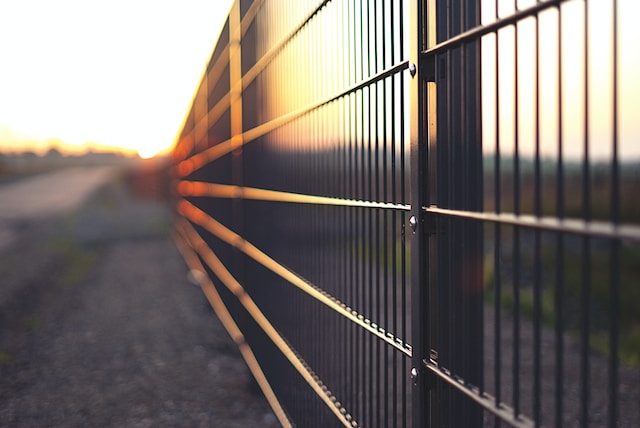Solar-powered UAVs are a great way to explore new territories and exploit the sun’s power. They are also an environmentally friendly option that can help solve many of the world’s challenges.
Solar-powered drones can be used for various applications, including environmental monitoring and pollution detection, resource exploration, and disaster management. They can also be used for aerial surveillance and intelligence-gathering.
Longer Flight Time
Developing solar-powered UAVs is an intriguing and fast-expanding topic that can transform various industries, including agriculture, mapping, and surveillance.
A solar powered UAV development company is at the forefront of this technology, creating cutting-edge solar-powered UAVs that can operate for extended periods without refueling or charging.
Environmentally Friendly
Solar-powered drones are environmentally friendly because they don’t release toxic gases or pollutants into the air. This is an excellent benefit for various industries, including agriculture, wind power, and weather forecasting.
Solar-powered UAVs are more durable than traditional drones and can withstand adverse weather conditions. This makes them more reliable for use in surveillance and mapping applications.
In addition, they don’t require fuel to operate, making them more cost-effective and environmentally friendly. These benefits aid agricultural professionals who want to improve crop growth and decrease waste.
Solar-powered drones are a great way to improve safety and efficiency in various industries. For example, the military and CIA utilize drones to track suspected terrorists and support 24-hour surveillance. Medical response professionals also use UAVs to deliver medications and other vital supplies quickly.
Reduced Cost
Solar-Powered UAVs are an exciting alternative to conventional aircraft that depend on fuel. They can stay in the air longer, which cuts costs and increases efficiency.
Solar panels can be added to a drone’s wings to capture solar energy and store it in the battery for later use. This can reduce the cost of operations and maintenance significantly since a drone’s battery does not have to be refilled during its entire flight duration.
Drones are currently used in various commercial applications, including aerial photography, surveillance, agriculture, and forest fire monitoring. They can also be used for search and rescue and to transport goods and packages.
Increased Efficiency
Solar power is a renewable energy source that can be used to power drones, which can increase their flight time and range. It also allows them to be more environmentally friendly and reduce their costs.
Solar-powered UAVs have many applications, including remote sensing, agriculture, and communications. For example, Facebook has been working on a system to beam broadband internet to rural areas of the world.
The solar cells in a solar-powered UAV must produce enough electricity to supply the propulsive system, the actuators, and the embedded systems. This process is called maximum power point tracking (MPPT).
This technology enables solar-powered UAVs to achieve a higher efficiency than traditional batteries, which increases their overall flight endurance. This makes them ideal for long-range missions and can help make commercial operations more sustainable.




